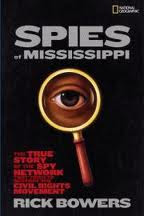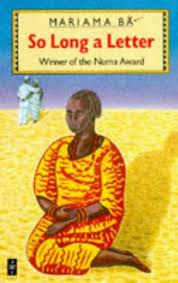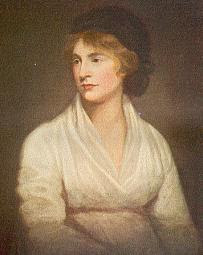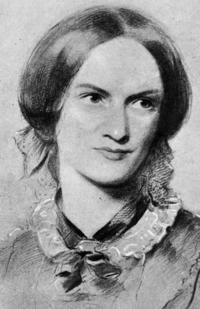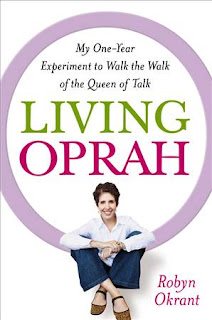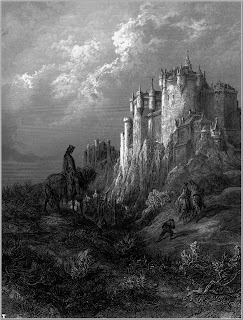Week 5: Gods and Pawns
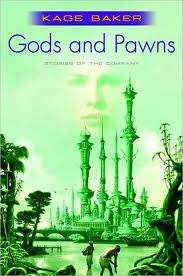
Gods and Pawns , by Kage Baker It's about time I got back to the Company series! I only had two left at the library, and so I waited a while so as not to finish them quite yet. I waited so long that another volume came out. Anyway, Gods and Pawns is a collection of short stories set in the Company universe. Since it's about immortal cyborgs working throughout history, Baker could write an infinite number of short stories with nice episodes of Company work. Some of the settings here include Hearst Castle in 1933, San Francisco in 1850, England in 1774, and a lost civilization in Bolivia in 1650. It's another good addition to the series.

